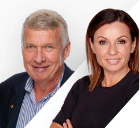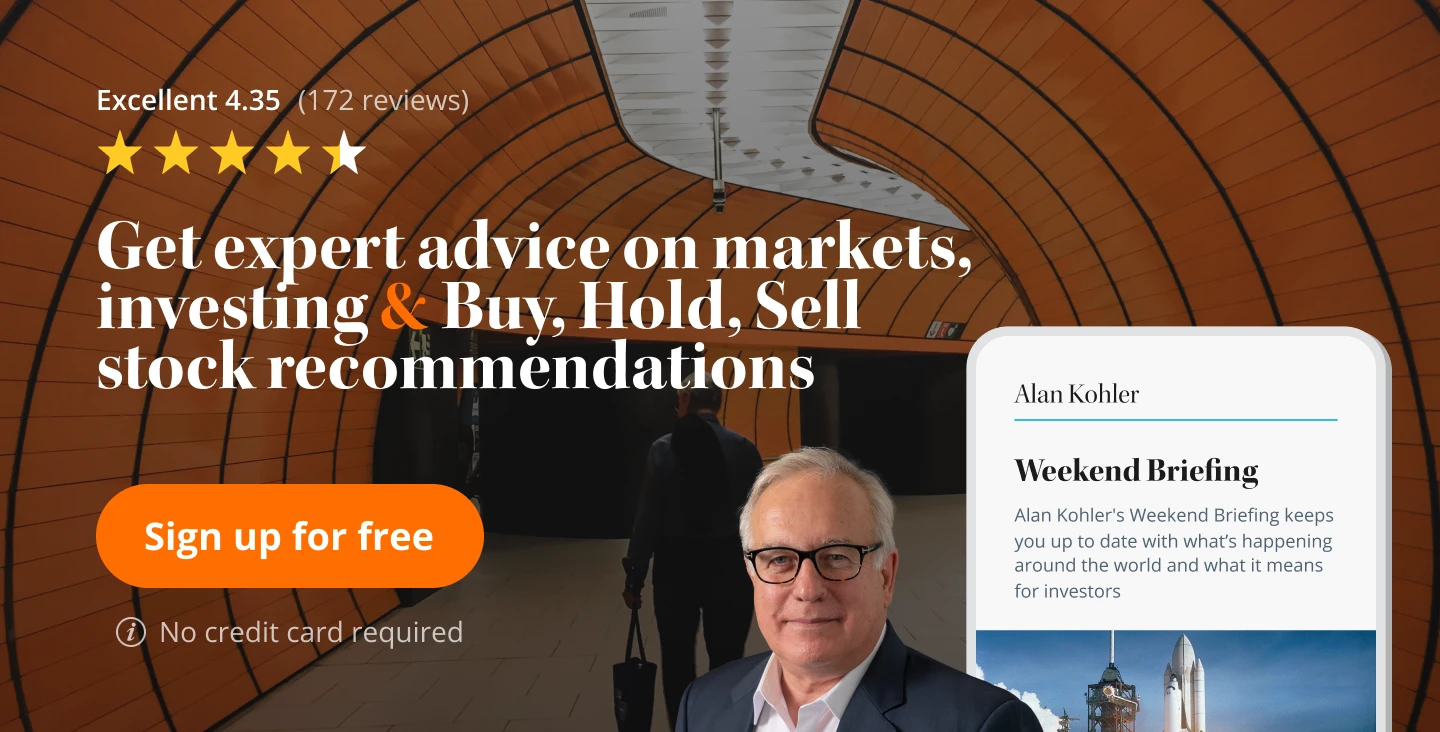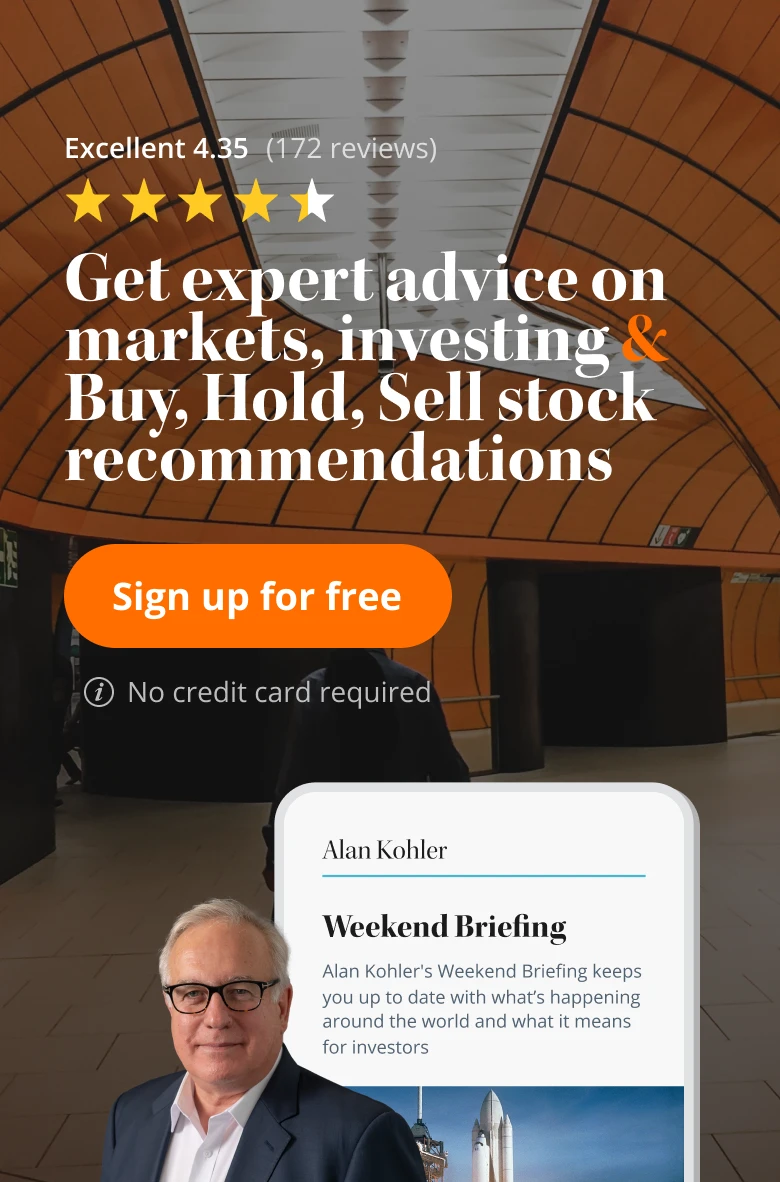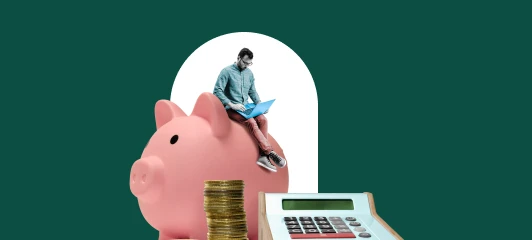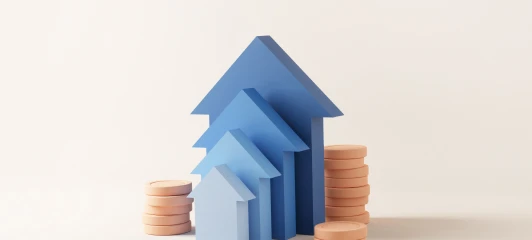Petrodollars To Burn
The Arabs are coming, those long flowing robes discretely stuffed with wads of petrodollars looking for investments around the globe as well as giving the top rung of the European luxury goods tree a most welcome shake.
The 2005 oil shock is still too young to be properly understood, but so far nearly all the attention has been on the downside: the economic impact of higher energy costs. It’s a particularly miserable cloud though that doesn’t have some sort of silver lining or, in this case, some thick petrodollar padding.
Recycling those petrodollars should provide further fuel for bull markets across a number of asset classes and geographical regions.
Among the key images of the 1970s oil shocks were the Arab shopping raids on London, redefining the limits of retail excess. Luxury goods manufacturers are again smiling, but this time round the broader investment markets can expect a greater share of the wealth redistribution because most OPEC member states’ economic management has matured over the past quarter-century.
The potential impact on Australia should be far broader than the occasional sheik’s battle plans for the Melbourne Cup, but early research by Goldman Sachs economists Thomas Stolper and Michael Buchanan points to Europe being the biggest recipient of the surge in oil nations’ wealth.
A perhaps symbolic event in March was the $1.9 billion purchase of The Tussauds Group by state-owned Dubai International Capital. Tussauds, Europe’s largest operator of visitor attractions, was Dubai’s second high-profile investment this year after a $1.25 billion plunge on DaimlerChrysler stock. But there’s much, much more to come.
Goldman Sachs notes the recent growth in Gulf countries’ spending and imports as well as the spectacular boom in regional equity and property markets, although it should be noted that the turnover volume in those markets is very thin.
(An easy example of the Gulf States equities bubble is Aabar Petroleum Investments, a modest Abu Dhabi oil and gas services start-up seeking $135 million in its initial public offering. The IPO closed 800 times oversubscribed, an incredible ' and ridiculous ' $110 billion in applications.)
Gulf State governments are fuelling the boom. The Goldman Sachs report notes: “Governments with large oil revenues have clearly been loosening the purse strings recently. On August 22, newly crowned King Abdullah announced a 15% wage rise for all Saudi Arabian civil servants and the military. This was the first such sweeping wage hike for more than two decades. Higher government spending and rising oil revenues have already fuelled strong growth and a liquidity boom in the region. With oil export prices set to remain high in the immediate future, it is likely that nominal $US GDP growth this year will beat last year’s already-impressive rate of 18%.”
To assess the size of the liquidity boom it is useful to look at recent developments in regional equity and real estate markets. Turnover and market capitalisation of the Saudi stock exchange is now higher than any other emerging market. The weighted-average price/earnings multiple of the Saudi stockmarket is now almost 40, although that does include some extreme examples. Even the p/e for Saudi Basic Industries, the largest listed on the Saudi exchange with market capitalisation of about $US120 billion, is at a pretty pricey 32.
Dubai has one of the most active property markets in the region. As an illustration of the liquidity-driven surge in activity, one large Dubai-based property company is up 330% since March of this year, and an even more incredible 19-fold since the end of 2003. The related surge in property prices has seen rental yields in Dubai fall substantially: a recent report from real estate agency Savills shows that yields on residential investment properties have fallen by up to half.
Not all of the Gulf’s property investment is within the region. Gulf investment in London's West End property has risen sixfold this year (property advisory firm Jones Lang LaSalle recently estimated that Gulf investors have accounted for £1.1 billion of deals so far this year, up from £182.7 million last year).
Yes, the Arabs are indeed back in the City, but their spending can’t keep up with the surge in export income from higher oil prices. Goldman Sachs says the key Gulf oil producers’ collective current account surplus should more than double this year to about $US200 billion ' about 20% of GDP.
What might particularly gall the Americans as they fill their massive SUVs is that Euroland grabs a disproportionate share of petrodollars. Goldman Sachs again: “The regional breakdown of GCC imports shows that imports from the EU account for about 32% of the total, while both the US and Japan account for about 7–8%.
“'¦ looking at Euroland exports to the whole group of OPEC countries, we see an increase by 18% in the past 12 months, compared to 12 months in 2003. In terms of timing, simple regression analysis suggests that after about half a year, a 1% increase in Gulf oil prices results in a 0.7% increase in Euroland exports to OPEC countries. On the basis of these trade patterns, the increases in oil prices since the beginning of the summer will likely lead to further improvement in the regional export performance for Euroland ' offsetting some of the drag from rising import costs for oil.”
What products does the world sell to OPEC countries? The Euroland commodity-by-region breakdown suggests that more than half of all the Euroland exports are "machinery and transport equipment". Presumably, car sales account for a significant share within this category.
Summarising the oil-related spending patterns, it looks as though US trade and the US dollar have benefited relatively less from increased import demand in OPEC countries, while demand for Euroland goods has increased on the back of smaller Gulf states' larger propensity to spend oil windfalls abroad.
Beyond the imports, the Gulf States’ accumulation of net external assets to balance their current account surplus remains a greater mystery.
Overall, there is little trace in international financial data of how petrodollars are currently invested. Given the broad consistency of trade numbers and the implication of growing oil-related current account surpluses, significant underreporting is evident. Nevertheless, the little available evidence again suggests that the euro may be the marginal winner when oil countries invest abroad. This also seems to be the case with regard to the rising import demand in oil exporting countries.
Where the petrodollars are eventually invested becomes largely a matter of speculation. While Euroland seems to be in favour, it is difficult to escape the depth and variety of America’s markets when dealing with such large sums.
For Australian investors, the petrodollars searching for opportunities can be both a threat and promise: the price of prime investments will be bid up by the sheiks ' great for sellers, but tough for those competing for a piece of the action.
It is worth noting that in the same report as the petrodollar recycling story, the Goldman Sachs writers upgraded their optimism about Australia’s outlook: “Notwithstanding developments in oil prices, we believe the risks to growth are skewed to the upside going forward.” But Eureka Report readers would already be familiar with that message.


